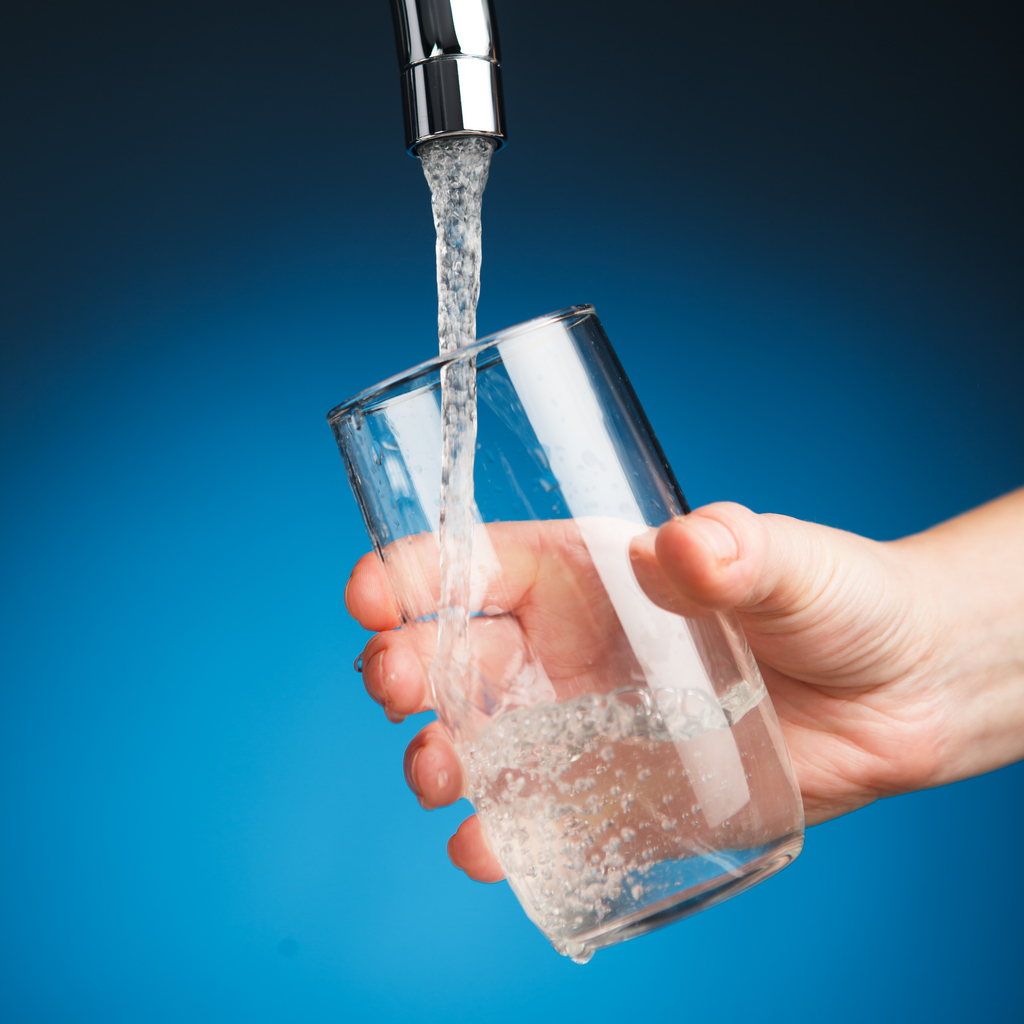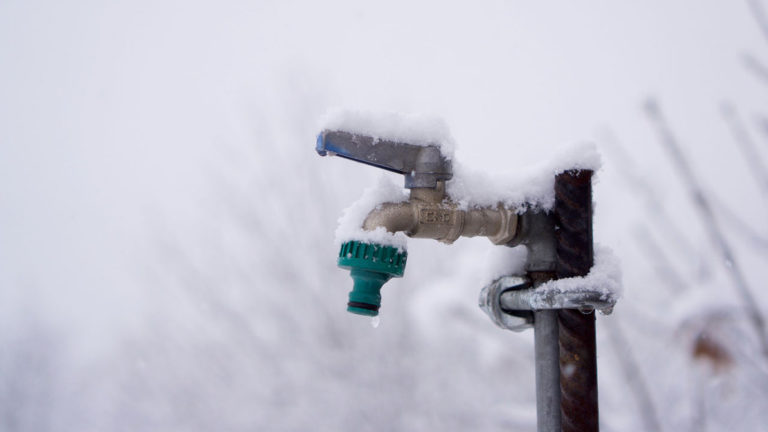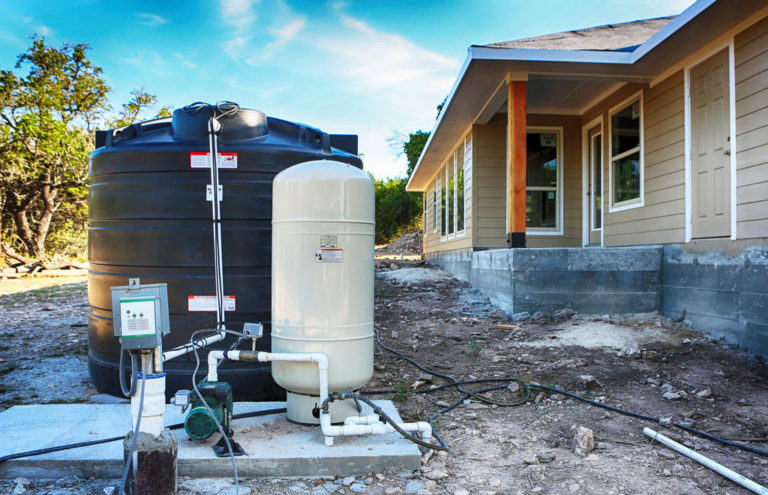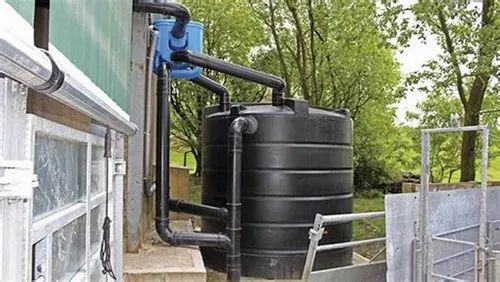Greywater filtration and disinfection are important steps towards ensuring the safety of your household water supply.
In order to protect yourself and your loved ones from potential health risks, it’s essential to invest in reliable and efficient methods for removing impurities and killing harmful pathogens from greywater.
Whether you’re dealing with everyday wastewater or post-disaster flooding, effective filtration and disinfection systems can give you peace of mind and ensure your well-being.
We’ll explore various methods for purifying greywater, so you can make the best choice for your needs and budget.
Use a greywater filter
A greywater filter is a vital component of any greywater system. It helps remove contaminants, debris, and bacteria from the water, making it safe for use in your home. There are various types of filters available, such as ceramic filters, carbon filters, and sand filters. Choose one that fits your needs and budget.
These filters are designed to remove a wide range of contaminants, debris, and bacteria from the greywater, ensuring that it is safe for use in your home.
There are several types of filters to choose from, each with its own unique advantages and disadvantages.
Ceramic filters, for instance, are a popular choice for greywater systems due to their high effectiveness in removing bacteria and viruses.
These filters are made from ceramic elements that are arranged in a series, creating a barrier that blocks harmful substances while allowing clean water to pass through.
Carbon filters, on the other hand, are great for removing chemicals and odors from the greywater.
These filters use activated carbon to capture and absorb impurities, leaving you with clean and fresh water.
Sand filters are another option to consider.
These filters use a bed of sand to remove impurities, and they are a great choice for those who want a simple and low-maintenance solution.
The sand acts as a barrier, trapping particles and contaminants as the water passes through.
When choosing a greywater filter, it’s important to consider your specific needs and budget.
Each type of filter has its own pros and cons, and some may be more effective than others in removing certain contaminants.
The upfront cost of the filter can vary significantly, so it’s important to choose one that fits within your budget.
By selecting the right greywater filter for your needs, you can ensure that your greywater system runs smoothly and effectively for years to come.
I have a greywater system that I am looking to install, and I am interested in learning more about the different types of filters available.
Greywater filters are a important component of any greywater system, and they play a vital role in ensuring that the water is safe and clean for use in irrigation, toilets, and other non-potable applications.
There are several types of greywater filters available, each with its own unique benefits and pros and cons.
One popular option is the activated carbon filter, which is great for removing chemicals and odors from the greywater.
These filters use activated carbon to capture and absorb impurities, leaving you with clean and fresh water.
Activated carbon filters are also easy to maintain and can be reused multiple times.
Another option is the ceramic filter, which is made from ceramic elements that are designed to trap and remove contaminants from the greywater.
These filters are highly effective at removing bacteria, viruses, and other pathogens, making them a great choice for those who want to ensure their water is safe and healthy.
Ceramic filters also require minimal maintenance and can last for many years.
For those with limited space or a small budget, a mesh filter may be the best option.
These filters use a mesh material to catch and remove large particles and debris from the greywater, leaving you with clean and clear water.
Mesh filters are easy to install and require minimal maintenance, making them a great choice for those who want a simple and effective solution.
Ultimately, the best type of filter for your specific needs will depend on the size of your greywater system, the type of water you are treating, and your budget.
Ceramic Filters: These filters use ceramic elements to trap and remove contaminants from the greywater.
They are highly effective at removing bacteria, viruses, and other pathogens, making them a great choice for those who prioritize water safety and quality.
Ceramic filters are also easy to maintain and can last for many years with proper care.
However, they may be more expensive than other types of filters and require more space for installation.
Mesh Filters: These filters use a mesh material to catch and remove large particles and debris from the greywater.
They are simple to install and maintain and are often more cost-effective than ceramic filters.
However, they may not be as effective at removing bacteria and viruses as ceramic filters, which may be a concern for those who prioritize water quality.
Activated Carbon Filters: These filters use activated carbon to remove organic compounds, chlorine, and other chemicals from the greywater.
They are highly effective at improving water quality and can also remove odors and improve the taste of the water.
However, they may not be as effective at removing bacteria and viruses as ceramic filters, and they can become less effective over time as the carbon becomes saturated with contaminants.
Disinfect the water
Disinfecting the water is important to ensure it’s safe to use. Chlorine tablets or bleach can be used to disinfect the water. You can also use UV light disinfection systems or ozone generators to kill bacteria and viruses.
Disinfecting the water is a important step in ensuring its safety for consumption.
Contaminated water can harbor harmful bacteria, viruses, and parasites that can cause a range of illnesses, from mild gastrointestinal issues to life-threatening diseases like cholera and typhoid fever.
To disinfect the water, you can use chlorine tablets or bleach, which are effective in killing most bacteria and viruses.
However, it’s important to note that these chemicals can have negative effects on the water’s taste and odor, as well as its mineral content.
If you’re looking for a more gentle and effective disinfection method, you might consider using UV light disinfection systems or ozone generators.
These technologies use ultraviolet light or ozone to kill bacteria and viruses, without the negative side effects of chlorine and bleach.
These systems can be more cost-effective and environmentally friendly in the long run.
By disinfecting the water, you can ensure that it’s safe to drink and use for other purposes, and you’ll be well on your way to a healthier and more sustainable lifestyle.
Use a sedimentation tank
A sedimentation tank can help remove suspended solids and other contaminants from the water. This tank allows the water to sit for a period, allowing heavier particles to settle to the bottom.
A sedimentation tank is an effective solution for removing suspended solids and other contaminants from water.
By allowing the water to sit for a period of time, the heavier particles such as dirt, sand, and other suspended solids can settle to the bottom of the tank.
This process, known as sedimentation, enables the water to be clarified and purified, resulting in a higher quality final product.
The sedimentation tank can be equipped with a sludge accumulation system, which collects and removes the settled solids, providing a more comprehensive treatment process.
Overall, the use of a sedimentation tank can significantly improve the clarity and purity of water, making it safe for various applications such as irrigation, industrial processes, and even drinking water supply.
Use a pre-treatment system
A pre-treatment system can help remove contaminants such as oil and grease from the water. This system typically includes a coarse filter or a settling tank.
Using a pre-treatment system is an effective way to remove contaminants such as oil and grease from your water before it enters your wastewater treatment system.
A pre-treatment system typically includes a coarse filter or a settling tank that captures larger particles and suspended solids, preventing them from clogging your treatment system and ensuring more efficient and effective treatment.
This step is important in reducing the amount of organic matter and other contaminants that can interfere with the treatment process.
By implementing a pre-treatment system, you can improve the overall performance of your wastewater treatment system, reduce the risk of clogs and backup, and ensure that your system is running at its best.
Use a reverse osmosis system
A reverse osmosis (RO) system can remove impurities from the water by using pressure to force the water through a semi-permeable membrane. This system is effective in removing dissolved solids, bacteria, and viruses.
A reverse osmosis (RO) system is an effective and reliable way to remove a wide range of impurities from your drinking water.
By using pressure to force the water through a semi-permeable membrane, the RO system can remove dissolved solids, bacteria, viruses, and other contaminants that can be harmful to your health.
The membrane has tiny pores that allow water molecules to pass through, but block larger particles and impurities, effectively removing them from your drinking water.
This results in water that is not only safe to drink, but also tastes better and is better for your overall health.
RO systems are relatively low maintenance and can be easily installed under your sink or as a whole-house system, making it a convenient and affordable solution for clean drinking water.
Use ultraviolet (UV) light disinfection
UV light disinfection is an effective method for killing bacteria and viruses in water. This method involves exposing the water to UV light, which destroys the DNA of any microorganisms present in the water.
Using ultraviolet (UV) light disinfection is an effective method for killing bacteria and viruses in water.
This method involves exposing the water to UV light, which destroys the DNA of any microorganisms present in the water.
The UV light disinfection process works by penetrating the cell membrane of the microorganisms and causing damage to their DNA, thereby rendering them unable to replicate and causing them to die.
This method is highly effective against a wide range of pathogens, including bacteria, viruses, and protozoa.
UV light disinfection is a chemical-free process, making it a safer and more environmentally friendly option compared to traditional disinfection methods that use harsh chemicals.
Overall, UV light disinfection is a highly effective and eco-friendly way to ensure the safety of your drinking water.
Regular maintenance
Regular maintenance of your greywater system is essential to ensure it continues to function properly. This includes regular cleaning of filters and check of the systems components for wear and tear.
Regular maintenance of your greywater system is important to ensure it continues to function efficiently and effectively.
This involves regular cleaning of filters, which helps to remove any sediment and debris that may have accumulated over time.
You should check the system’s components for wear and tear, such as the pumps, pipes, and valves, to ensure they are in good working condition.
By regularly inspecting and cleaning your greywater system, you can prevent any potential breakdowns or malfunctions that could result in costly repairs or even system failures.
Furthermore, regular maintenance can help to extend the lifespan of your system, ensuring that it continues to provide you with a reliable source of greywater for irrigation and other non-potable uses.
To keep your system in top condition, it is recommended to perform routine maintenance at least once a month, or more frequently if you have a larger system or if you notice any issues.
By prioritizing regular maintenance, you can ensure that your greywater system continues to function optimally and provide you with a sustainable and cost-effective source of water for years to come.
Use a storage tank
A storage tank can be used to store treated greywater and release it into your home as needed. This can help conserve water and reduce your reliance on municipal water supplies.
Using a storage tank to treat and reuse greywater can be a highly effective way to conserve water and reduce your reliance on municipal water supplies.
By storing the treated greywater in a tank, you can have a reliable source of water for irrigation, toilet flushing, and other non-potable uses.
This can help to reduce your overall water consumption and lower your water bills.
Reusing greywater can help to alleviate the demand on municipal water supplies, which can be beneficial for the environment and for your community.
To implement this solution, you can install a storage tank that is specifically designed for treating and storing greywater.
The tank should be made of durable materials, such as plastic or metal, and should be equipped with a filtration system to remove any contaminants or impurities from the water.
The tank should be well-ventilated and protected from direct sunlight to prevent the growth of harmful microorganisms.
Once the storage tank is installed, you can begin treating and storing greywater for use in your home.
The treated greywater can be released into your home as needed, using a pump or other delivery system.
This can be a convenient and cost-effective way to conserve water and reduce your reliance on municipal water supplies.
Overall, using a storage tank for treating and reusing greywater is a practical and environmentally friendly solution that can help you save money and reduce your environmental impact.
Want More? Dive Deeper Here!
Hey there! If you’re the type who loves going down the rabbit hole of information (like we do), you’re in the right spot. We’ve pulled together some cool reads and resources that dive a bit deeper into the stuff we chat about on our site. Whether you’re just killing time or super into the topic, these picks might just be what you’re looking for. Happy reading!






